How to Integrate Smart Lighting Switches with Your Existing Building Management System (BMS)
As buildings become smarter, integrating various systems to work seamlessly together is crucial for efficiency, comfort, and cost savings. One of the most impactful upgrades is integrating smart lighting switches with an existing Building Management System (BMS). Smart lighting enhances energy efficiency, improves user experience, and provides better control over building operations.
This blog explores the benefits, challenges, and step-by-step process of integrating smart lighting switches with a BMS, ensuring a smooth transition and optimal performance.
Why Integrate Smart Lighting with BMS?
1. Energy Efficiency & Cost Savings
Smart lighting systems use occupancy sensors, daylight harvesting, and scheduling to reduce unnecessary energy consumption. When integrated with a BMS, lighting can be optimized alongside HVAC and other systems for maximum efficiency.
2. Enhanced Automation & Control
A BMS centralizes control, allowing facility managers to adjust lighting based on real-time data. For example, lights can dim when natural light is sufficient or turn off in unoccupied rooms.
3. Improved User Experience
Smart lighting allows personalized settings (e.g., preferred brightness levels) and remote control via mobile apps, enhancing comfort for occupants.
4. Scalability & Future-Proofing
Modern smart lighting solutions support IoT connectivity, making it easier to expand or upgrade the system as needed.
Key Challenges in Integration
Before integration, consider these potential hurdles:
-
Compatibility Issues – Not all smart switches work with every BMS.
-
Network Infrastructure – A robust network (Wi-Fi, Zigbee, BACnet, etc.) is required for seamless communication.
-
Security Risks – IoT devices can be vulnerable to cyber threats if not properly secured.
-
Installation Complexity – Retrofitting older buildings may require additional wiring or hardware.
Step-by-Step Integration Process
1. Assess Your Current BMS & Lighting Infrastructure
-
Identify the BMS protocols (BACnet, Modbus, KNX, etc.).
-
Check if existing lighting controls can be upgraded or need replacement.
2. Choose Compatible Smart Lighting Switches
Select switches that support your BMS communication protocol. Popular options include:
-
Wi-Fi / IP-Based Switches – Easy to integrate but may require strong network security.
-
Zigbee / Z-Wave – Low-power, mesh-network options ideal for large buildings.
-
BACnet / KNX – Directly compatible with most BMS solutions.
3. Upgrade Network Infrastructure (If Needed)
-
Ensure sufficient bandwidth and coverage for IoT devices.
-
Use VLANs or firewalls to secure lighting controls from unauthorized access.
4. Install and Configure Smart Switches
-
Replace traditional switches with smart ones.
-
Configure settings (schedules, sensors, dimming levels) via the manufacturer’s app.
5. Integrate with BMS
-
Use gateways or middleware if protocols differ (e.g., Zigbee-to-BACnet converters).
-
Map lighting controls within the BMS dashboard for centralized management.
6. Test & Optimize
-
Verify automation rules (e.g., lights turning off when a room is vacant).
-
Adjust settings based on occupancy patterns and energy usage reports.
7. Train Staff & Users
-
Educate facility managers on BMS lighting controls.
-
Provide guidelines for occupants on using smart features (e.g., app controls).
Best Practices for a Smooth Integration
-
Prioritize Security – Use encrypted communication, regular firmware updates, and strong passwords.
-
Start Small – Pilot the integration in one section before full deployment.
-
Monitor Performance – Use BMS analytics to track energy savings and system efficiency.
-
Future-Proof Your System – Choose scalable solutions that support additional IoT integrations.
Conclusion
Integrating smart lighting switches with a BMS enhances energy efficiency, automation, and user comfort while reducing operational costs. By following a structured approach—assessing compatibility, selecting the right devices, ensuring secure networking, and optimizing performance—you can achieve a seamless and future-ready smart building ecosystem.
Is your facility ready for smart lighting integration? Start planning today to unlock the full potential of intelligent building management!
No comments







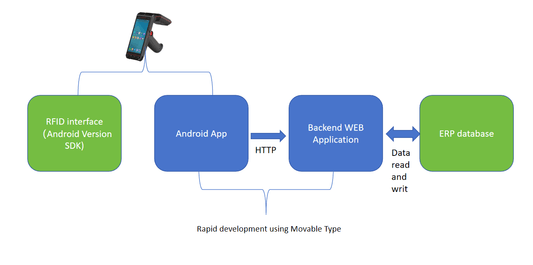
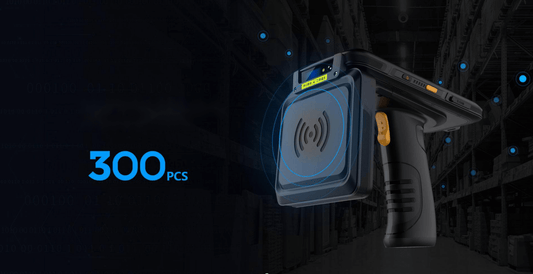

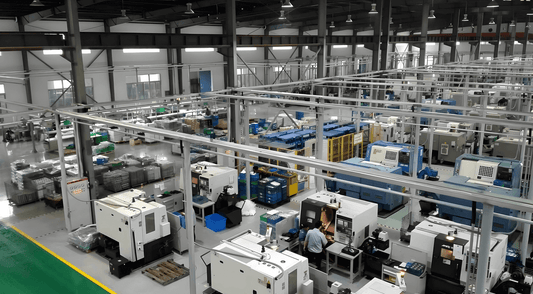
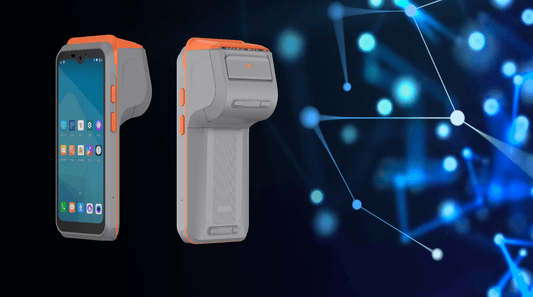
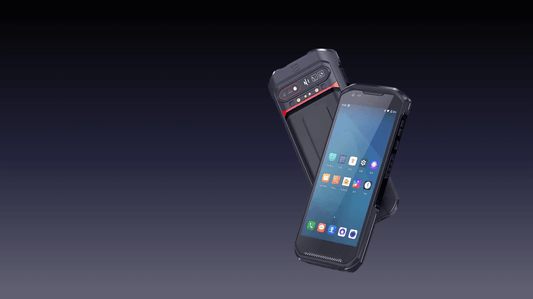
0 comments